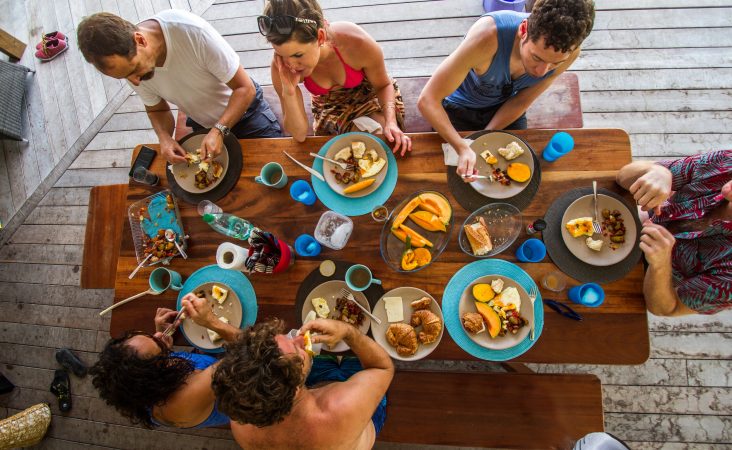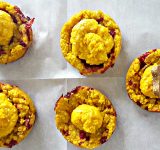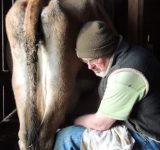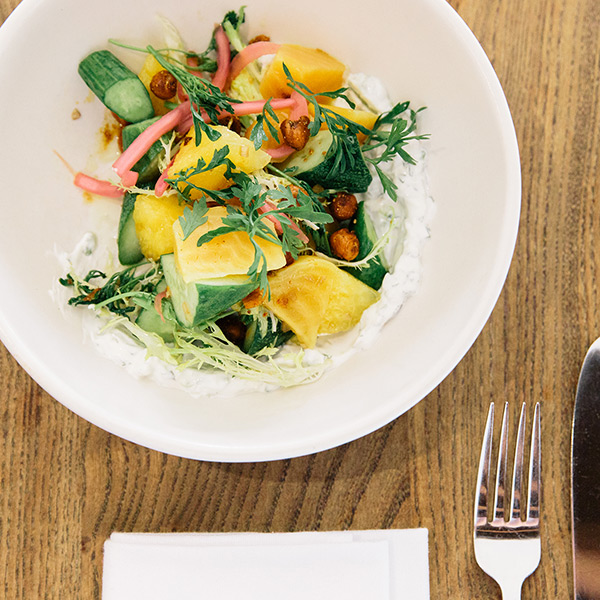The History of the Americas and the Industrial Revolution are tightly linked to the rise of sugar cane growing and the many products created from this South Asian native grass. In this century, new methods are being used to create a more eco-friendly rum.
A Brief History of Rum
The story of Western colonization and industrialization has rum at its center, where the trade triangle between Europe, Africa and America intersects. The bi-product of crystallized table sugar production is a residue called molasses. Africans forced into slavery in the Americas discovered that they could make alcohol from the fermentation and distillation of molasses. Soon after this discovery, rum became as popular as sugar and a trading commodity on which fortunes and countries were built.
Rum continued an often dark voyage in the Americas, beginning with the introduction of sugarcane plantation slavery, followed by a period of violent colonial nation building. Rum rode with the pirates of the Caribbean straight into the Rum Runners of Prohibition.
Modern Day Eco-Friendly Rum
Entering the 21st century, little has changed when it comes to making and selling rum. For many, rum is a sweet drink discovered in youth or on tropical vacations. Today, rum exists mostly as a romantic character, a legacy of a bygone era in a bottle.
Fortunately, the 21st century invites new views and an openness to positive, sustainable and healthier alternatives. Batiste Rhum, a Californian company rooted in the French Caribbean, is writing a new chapter in the story of rum. The idea behind Batiste Rhum is to create an accessible delicious food grade eco-positive cocktail spirit. Central to this ethos, Batiste looks for and uses non-exploitation production methods to create a clean spirit.
Situated on a small coral island near Guadeloupe in the French Caribbean, the family-owned plantation and distillery is the heart of Batiste Rhum.
Unlike most molasses based rum, Batiste Rhum is a sugar cane rhum produced from local, island grown, fresh sugar cane. Harvested once a year, sugar cane acts as a carbon sink with a 1:1 ration Co2 absorbed for every kilogram grown. All sugar cane used for Batiste Rhum is evaluated for sugar values and freshness before being crushed for juice. All of the sugar cane juice is control batch fermented and must pass hourly inspection that looks for unwanted molds or bacteria. Integrated into the operation, a biomass digesting pond converts all of the fermentation waste into irrigation water and field fertilizer. As part of the stringent environmental ethic of creating no waste, the crushed sugar cane husk fuels the refurbished steam mill used to crush the ripe sugar cane. All additional power needs are created by a 2.5 megawatt solar farm that also creates 30% of the island’s electricity.
You can find Batiste Rhum at Trader Joe’s and Whole Foods in California.
Article and Image courtesy of Gavin Bieber, Batiste Rhum
Originally posted 2016-11-20 11:25:00.







